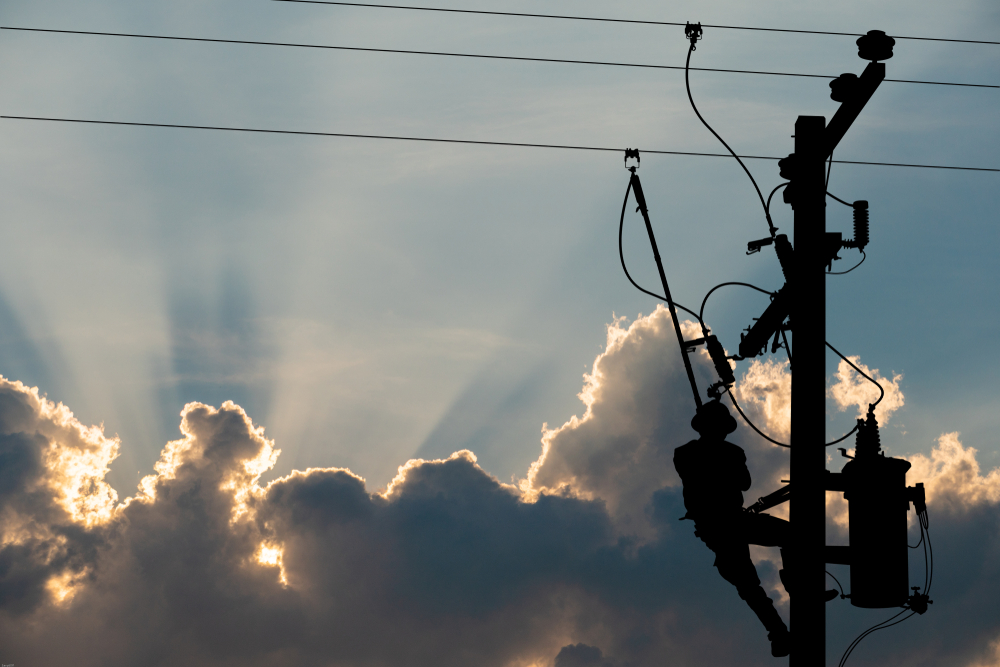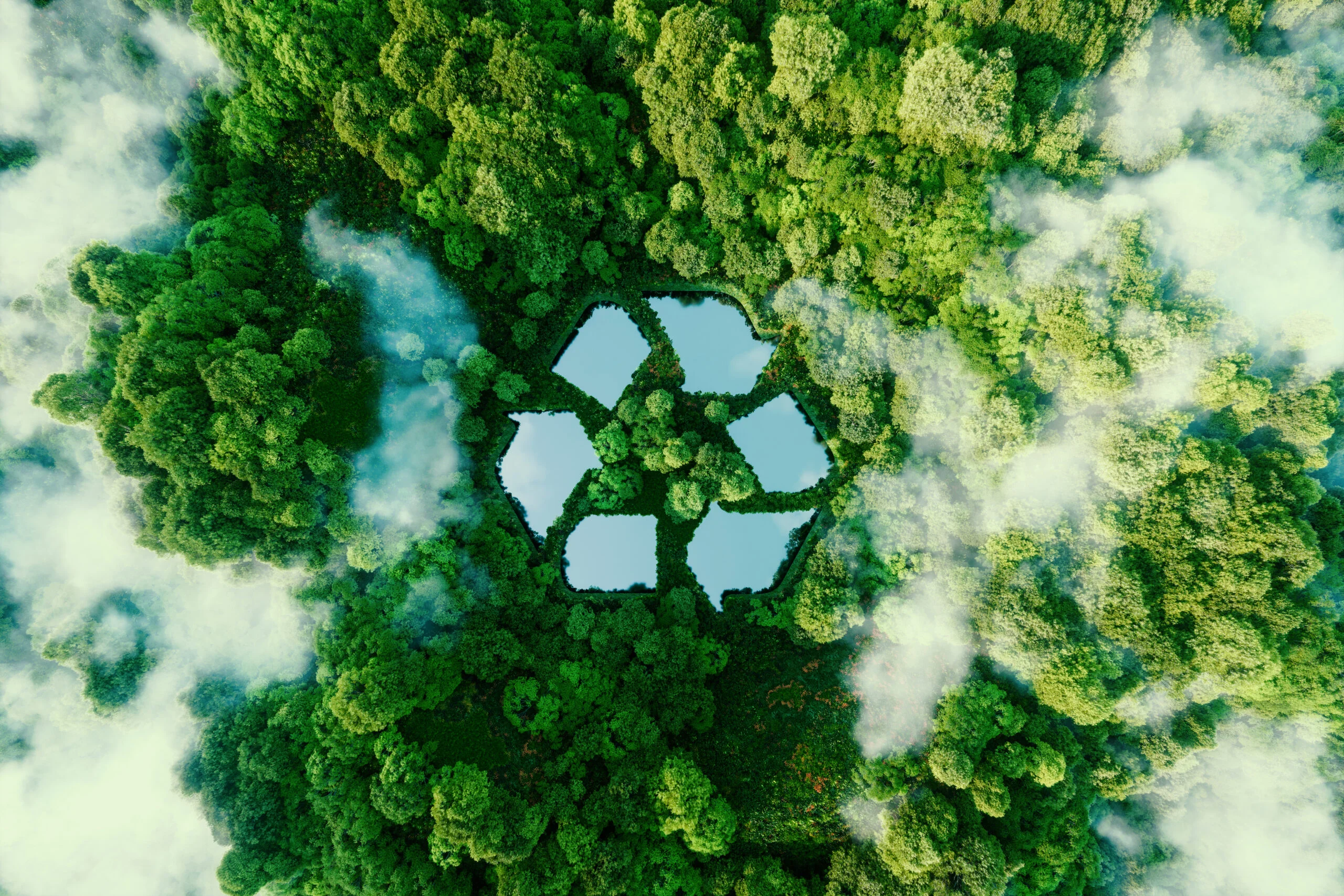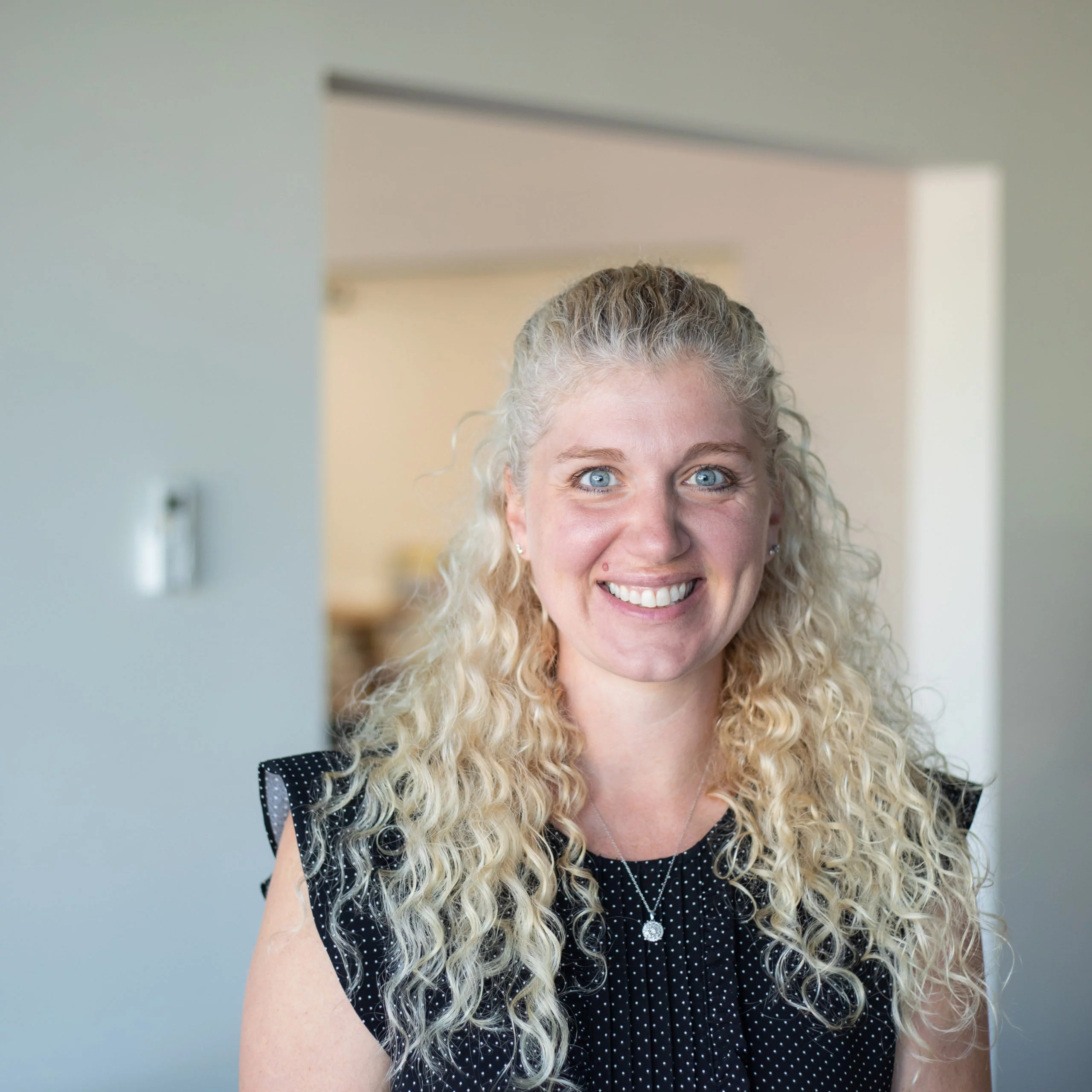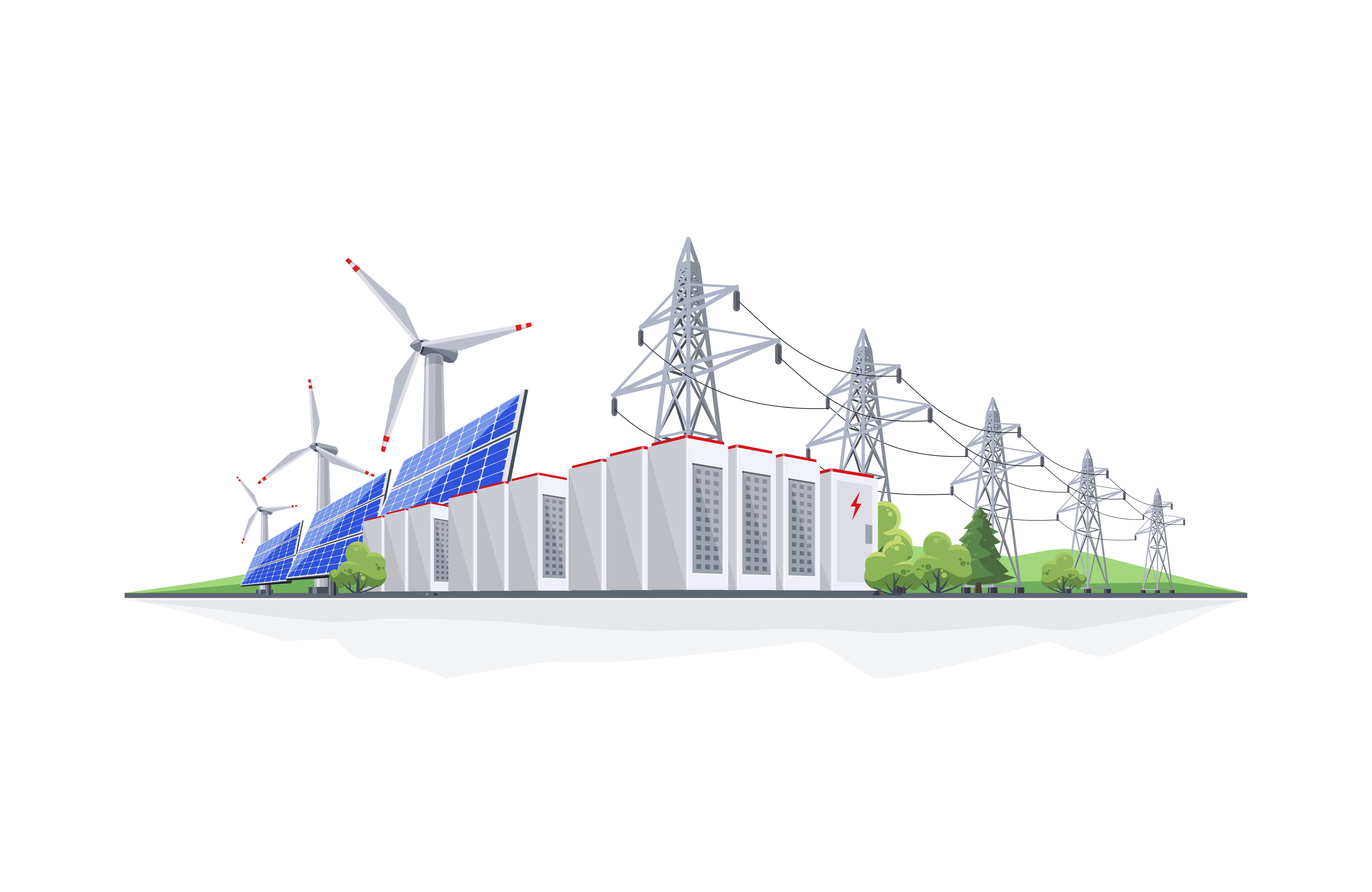The West Is on Fire: We Need To Adopt More Flexible Energy Strategies
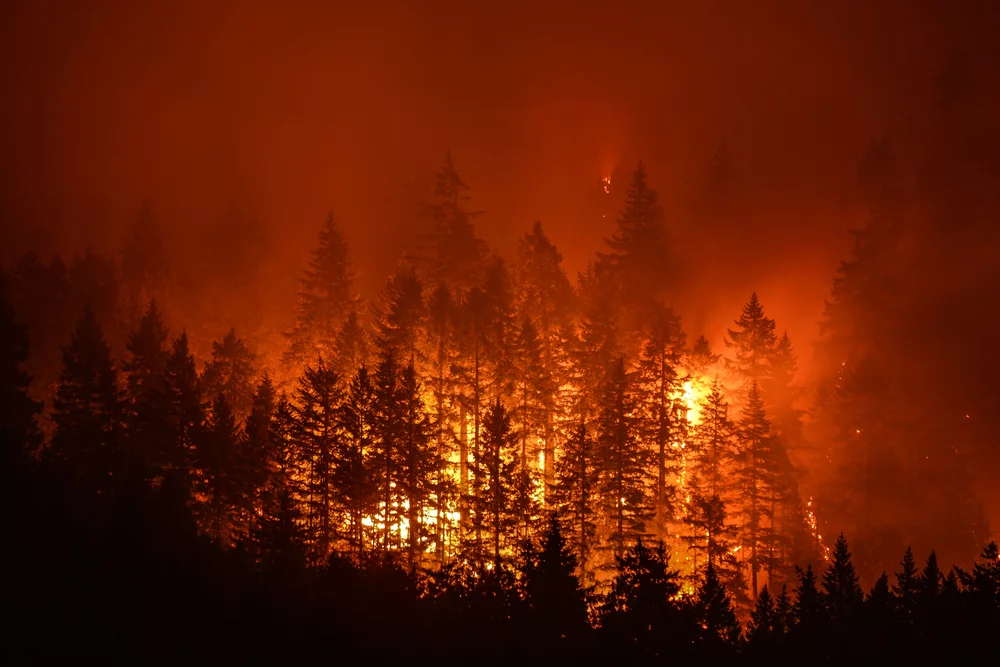
Across the Western United States, wildfires are raging. Five million acres—a bleak new record—have burned even before we reach the traditional height of the fall fire season. Portland, Oregon, situated at the confluence of the Columbia and Willamette rivers and long known for its eco-friendliness, now has the worst air quality in the world. About 5,000 customers of Portland General Electric who live near Mount Hood are in a high-risk fire area. They’ve been put on alert that their power might be shut off if the dry weather, wind, and wildfires continue; flexible energy strategies can minimize this increasing risk.
According to Cal Fire, more than 17,400 firefighters are currently battling 26 major wildfires in the Golden State. Utilities have been forced to use rolling blackouts to shut down transmission to residents and businesses as last-ditch fire prevention tools with significant personal and economic consequences.
California has a well-deserved reputation as an innovator in renewables, energy storage, and distributed energy resources. But, while the state’s climate-friendly advances—plus thousands of megawatts reduced through voluntary conservation by residents and businesses—helped reduce the load, it hasn’t been enough to prevent these drastic measures.
Last month, the U.S. Department of Energy had to issue an order to power up to three natural gas plants so that the California Independent System Operator (CAISO) could meet the “exceptional levels of electricity demand” sparked by the intense heat wave and resulting lightning and wildfires, according to a story in Utility Dive. With the order, CAISO also requested a relaxation of environmental and air quality permit standards for the plants.
We can, and must, do better for our people and our planet. Flexible energy strategies including demand response programs and distributed energy resource (DER) initiatives, which are designed to lower carbon emissions while enhancing potential revenue streams.
One of the smartest energy reporters around, David Roberts at Vox, wrote about load flexibility last year. He noted that just by using energy at different times of the day, we could shave 15 percent off-peak electricity needs by 2030, saving billions of dollars.
Here’s a little bit of insight from Roberts’ article in Vox:
“Lots of power consumption is not time-sensitive. The iconic case here is your home water heater. Water retains thermal energy pretty well. You can heat the water in the tank at any time and still have hot water available when you want. So in theory, water-heating energy consumption can be time-shifted, from times of high demand to times of low demand, without any loss of service.
Many power-intensive industrial processes are largely automated, so they could, in theory, be run at any time. Electric vehicles could be charged at different times of the day. Lots of energy use can be moved in time.
The problem has always been coordination; before the internet, it was laborious, slow, and “chunky” to plan and execute shifts in demand. But as more and more appliances, homes, buildings, and industrial facilities are wired to the web, it has become easier to synchronize and coordinate their consumption, to treat them like an aggregate unit. Various forms of “load flexibility” are emerging as a significant force in energy systems.”
Much of Roberts’ research is based on a June 2019 report from The Brattle Group, “The National Potential for Load Flexibility.” The report is comprehensive and thought-provoking, and we encourage you to check it out. Some of the key findings listed in the Vox article include:
- Load flexibility smooths out both the intermittency and occasional supply spikes from renewable energy sources, meaning we can use more renewables more of the time.
- Implementing geographically targeted demand response allows utilities to defer or even avoid costly grid modernization upgrades.
- Electrification is expanding—from EVs to heating and cooling systems to industrial processes—so there will be an increased demand and a need for more load flexibility. With a suite of disbursed and dispatchable sources like water heaters, EVs, clothes washers, and heat pumps, we can save energy, money, and protect the environment.
Flexible Energy Strategies Conclusion
To meet global decarbonization goals designed to mitigate climate change, utilities must adopt flexible energy strategies. If our industry adopts aggressive steps to increase load flexibility, we can meet consumer demand and help prevent widespread devastation from wildfires in the years to come.
To all our friends across the West, stay safe.

